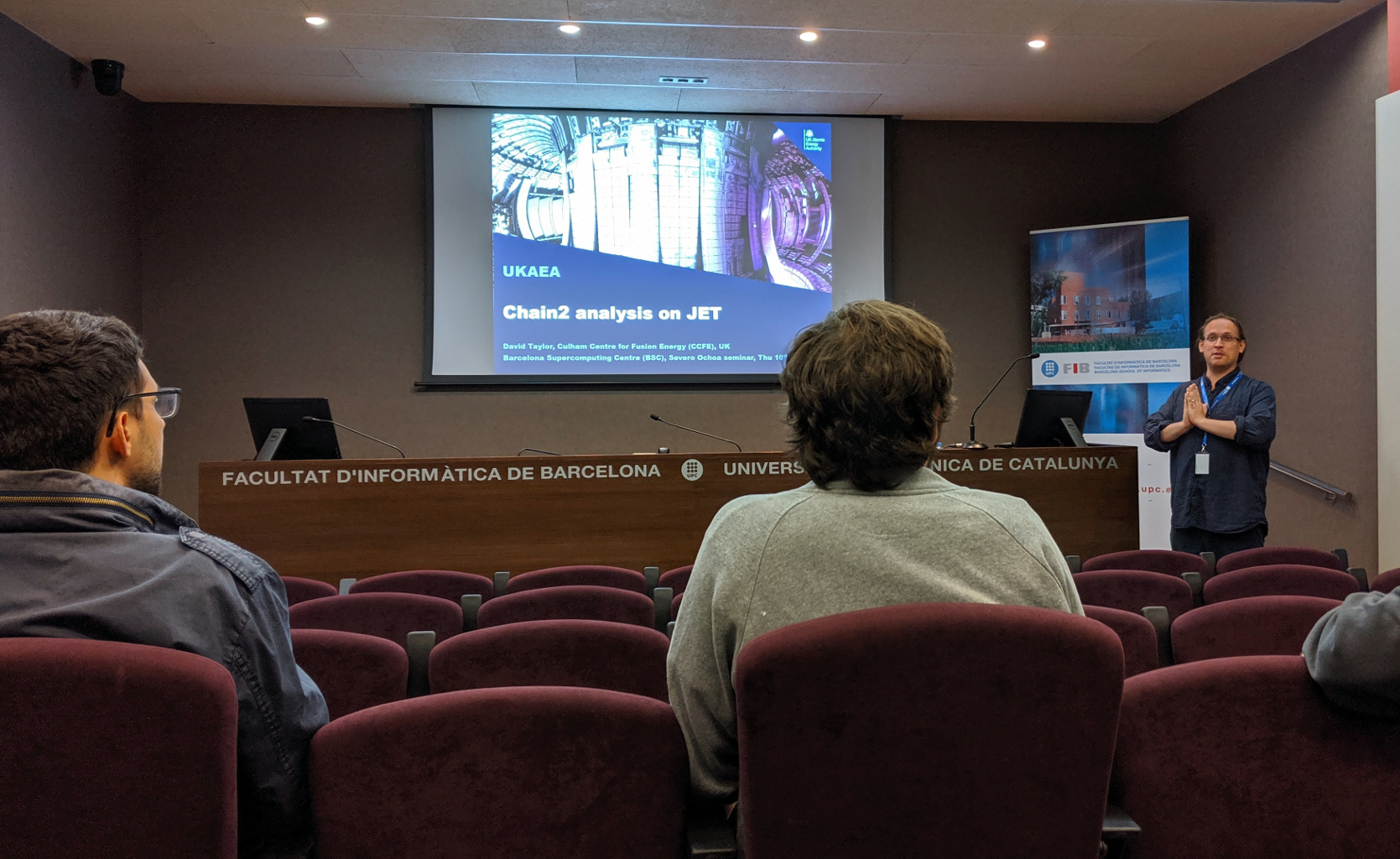
On the 6 May, our group member Xavier Sáez gave an online lecture entitled “Simulation Codes in Fusion Technology” as part of the Fusion Technology Course of the Nuclear Engineering Master organized by the Department of Physics on Barcelona School of Industrial Engineering (ETSEIB) at Universitat Politècnica de Catalunya (UPC), Barcelona, Spain.
This course offers the students an overview on selected key topics in Fusion Technology, delivered by specialist lecturers from F4E, UPC and our Fusion group at Barcelona Supercomputing Center (BSC).




